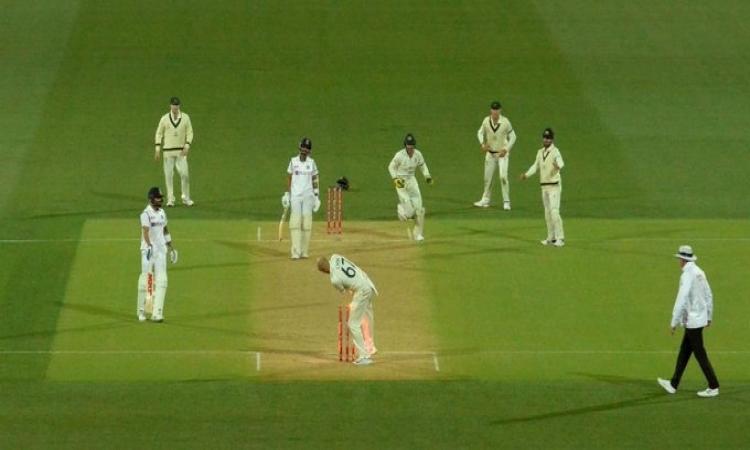The much-awaited day-night Test match between India and Australia is finally underway in Adelaide. The match being played with a pink ball will require both teams to play patiently and carefully. India, a team not very experienced playing in these conditions, will need to play with more grit and determination rather than with just fluency and flamboyancy.
The day-night match has an interesting feel to it. The evening session makes conditions very different and more difficult. The ball seems to do much more in the air and off the wicket for pace bowlers and the cool weather assists them in getting less fatigued. This is a period which in a normal Test match the batsmen have the upper hand over the bowlers, having made them toil for the full day. To have bowlers once again in motion is what makes the pink ball encounter so much more interesting.
This has been a wonderful introduction to revive Test cricket. The last 10 overs of the day, once a team takes the second new ball, has added that extra nip to it which makes watching it so much more interesting. Captains were earlier skeptical about when to take the new ball in the conventional format of the game as one had to balance between keeping the ball as new as possible as well as for the next morning session. In a day-night encounter, this has now become irrelevant. Test cricket has to make such innovations to keep it exciting.
The one area that seems to have taken a back seat in Test match cricket is the close-in fielding. The forward and backward short-leg, leg slip, as well as the silly points have fielders positioned there who lack the basic technique and flair to field there. The limited-overs cricket has made the present-day cricketers very good at fielding away from the bat. Fielders are faster, fitter and more comfortable 30 yards away but struggle once they are made to field closer.
Australia would have had India in trouble on the first day of the Test match if only their fielders close to the bat would have supported Nathan Lyon at a time when the off-spinner was looking sharp and dangerous. The problem that fielders have in these specialised positions is that they do not field there regularly. Therefore, they do not understand how to anticipate and where to position themselves.
Fielding close to the bat requires one to rely on one's reflexes and to master the ability to be able to consistently catch with one hand. This needs hours and hours of practice as one normally during fielding drills never specifically take one-handed catches. Coaches, quite understandably, concentrate on fielders utilising both their hands and therefore very few master the art of one-handed catching. Fielding in specialised close-in catching positions gives one very little opportunity to use one's both hands to either catch or stop the ball and this is why fielders struggle to take the half chances.
Furthermore, fielding close is very much like batting. One has to be quick footed and very agile. It requires good footwork and anticipation, because the initial movement is very important. This is where catchers falter as they are waiting to take catches rather than make them.
In Test cricket where the batsman has time and patience at his disposal taking the half chance catches is an area of the game that becomes very important.
Most Test teams have 80 per cent of their side in place for fielding. Therefore, it is essential for fielding coaches to identify positions especially for the close catchers. The players should be then told to stand in the fielding position earmarked for them in every game that they play. One needs to get comfortable and the more one specializes the better one will get at it.
Catches win matches and the winner between Australia and India in the first Test match will be the side that shines out better in fielding. In the other two departments of the game, batting and bowling, both sides seem to be equally balanced.
(Yajurvindra Singh is a former Test cricketer. Views expressed are personal)


















